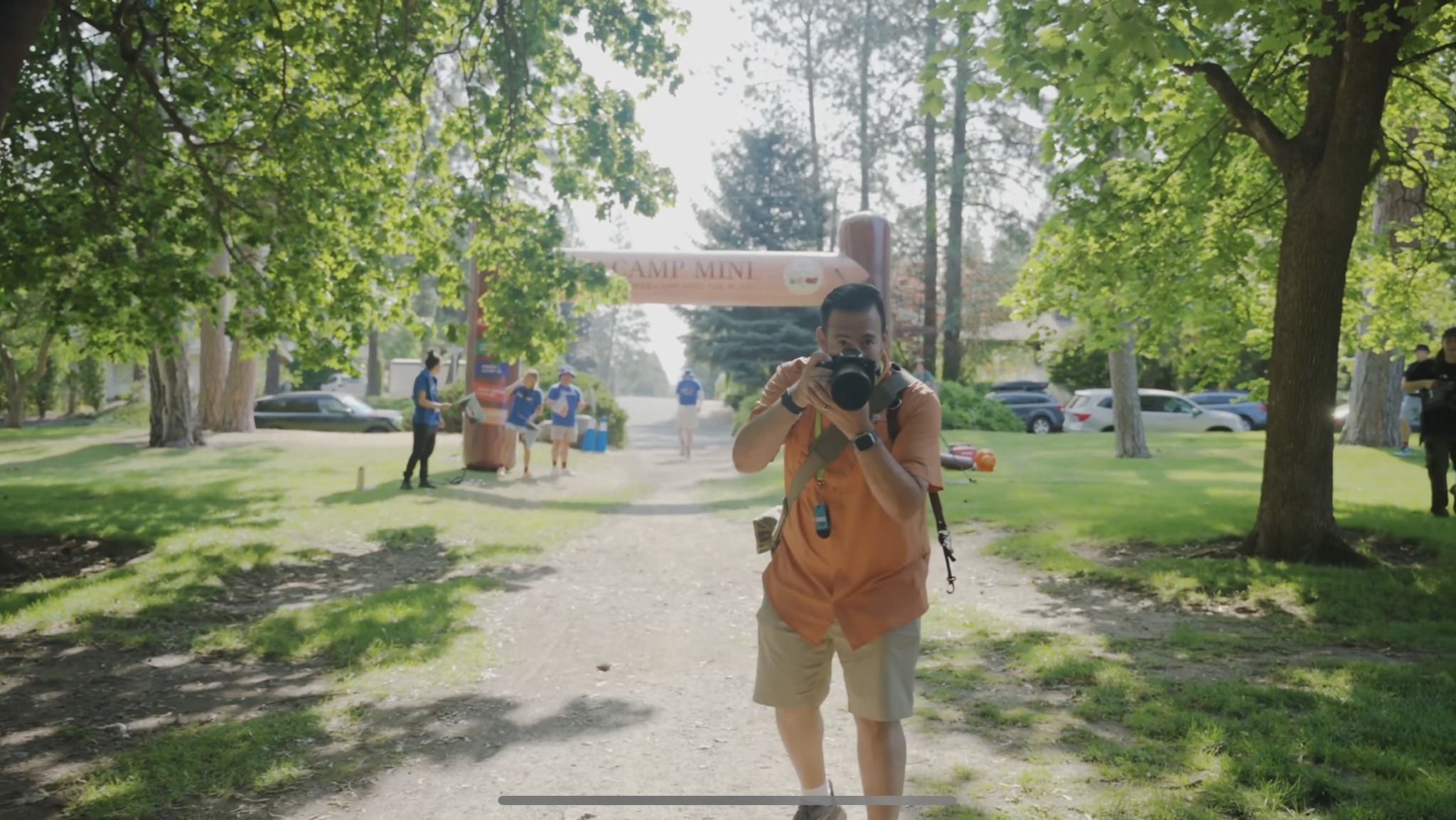We were lucky to catch up with Anthony Quintano recently and have shared our conversation below.
Hi Anthony, thanks for joining us today. Let’s jump to the end – what do you want to be remembered for?
For me, the legacy I hope to build is one of impact, connection, and storytelling. I want to be remembered as someone who helped shape the way people see the world through visual storytelling, whether it’s through photography, video, or digital content that captures history, culture, and human moments in a way that resonates beyond just the present.
I’d love for people to say that I wasn’t just a skilled photographer or social media strategist, but that I was someone who brought people together through my work, whether that was by covering major events, creating spaces for community engagement, or using digital platforms to tell important stories that might have otherwise been overlooked.
I want my work to inspire others to think critically, feel deeply, and act meaningfully. If people remember me as someone who elevated voices, captured moments that mattered, and made storytelling more immersive and engaging, then I’ll feel like I did something worthwhile.
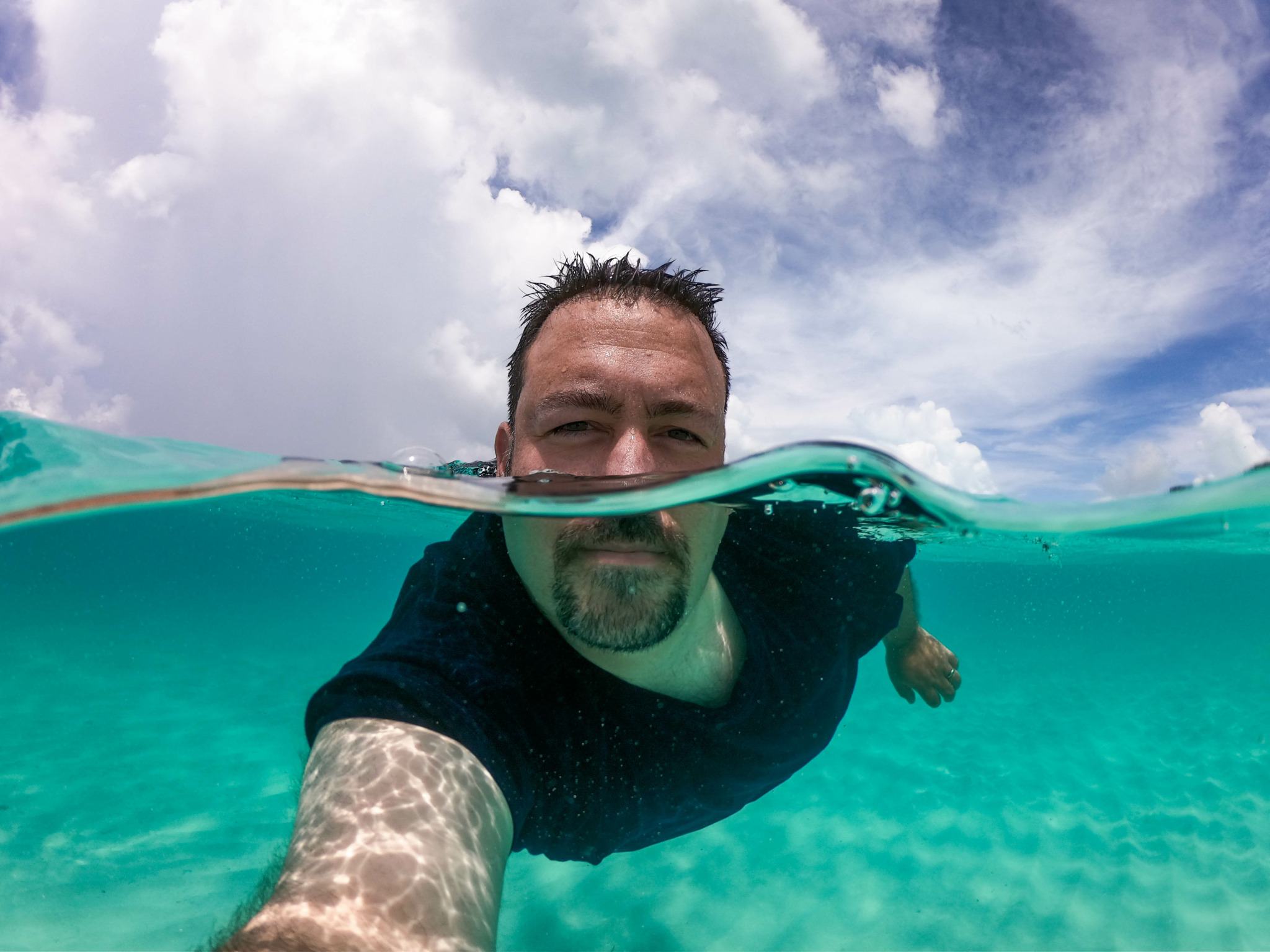
Awesome – so before we get into the rest of our questions, can you briefly introduce yourself to our readers.
I didn’t realize my love for being behind a camera until I was in community college. During my Television 101 class, I had the opportunity to operate a studio video camera during a production. I immediately enjoyed composing my shots and providing creative options for the director to choose for the live broadcast.
After graduating from community college, I continued my education at SUNY Plattsburgh, where I further developed my skills in television production. In my first semester, the only class I passed was my TV production course. During our first winter break, my classmates and I were given the opportunity to work on a professional remote production for TNT as production assistants for the 2000 Winter Goodwill Games in Lake Placid. That experience proved to be a turning point. I impressed my employers with my work ethic, which led to additional opportunities with major events, including ESPN’s Great Outdoor Games, the X Games, and the Super Bowl.
In these roles, I took on various responsibilities, from locating equipment and assisting camera operators to assembling large broadcast cameras and ensuring operator safety during live broadcasts. Working on these productions gave me invaluable exposure to the industry and an understanding of what it took to become a camera operator. However, I was soon told that securing a job as a camera operator would be nearly impossible without a portfolio to showcase my abilities. Frustrated, I asked the question that many aspiring professionals face: “How do I build a portfolio if no one gives me the opportunity to operate a camera?” That moment was a defining one in my journey.
After a few years of working on remote productions, I realized that working just four or five events a year wasn’t enough to sustain a living. To fill the gaps, I took on a variety of odd jobs, including camp counselor, lifeguard, retail associate, and even a cashier at The Cheesecake Factory. My father, frustrated with my lack of a stable career, urged me to take my future more seriously. He helped me secure a job as a bank teller at Citibank. While I didn’t enjoy the work, I appreciated the steady paycheck and used my vacation time to continue working freelance television gigs.
When I turned 21, my father passed away, leaving my brother and me an inheritance. With that money, I made an investment in myself, purchasing my first professional still camera, video camera, and editing system. I took my camera everywhere, capturing moments whenever possible to build a portfolio. Around this time, blogging was becoming popular, and platforms like YouTube and Twitter had just launched. I recognized an opportunity to share my work with a wider audience through these emerging digital spaces.
Eventually, I landed a permalance job as a chyron graphics operator at CNBC in Englewood Cliffs, New Jersey. I quickly became known around the office as the “social media camera guy,” as I took photos and videos everywhere I went.
Looking back, I realize that no matter what obstacles I faced, I always pushed forward in pursuit of my passion. My love for being behind the camera became more focused on photography. At times, I struggled with feeling like I wasn’t good enough to be hired as a professional photographer because I lacked a strong body of work. Even now, I find it difficult to commit to a single niche because I simply love capturing all kinds of images.
As the years passed, I became an early adopter of social media, building a following of 8,000 on Twitter and 50,000 on Facebook, numbers that were considered large at the time. As social media gained mainstream traction, major companies began hiring social media managers and directors. When NBC News announced its first social media director, I immediately reached out to introduce myself and showcase my skills. He recognized my unique combination of experience and expertise, leading to my hiring as NBC News’ first community manager.
Although my official title wasn’t photographer, I was still creating content, working as a content creator for digital platforms before that job title even existed. Soon, I found myself in the offices of Al Roker, Savannah Guthrie, Ann Curry, and Brian Williams, teaching them best practices for using social media. I helped establish the social media strategy across NBC News Group while also creating content for digital platforms. I launched the Instagram accounts for NBC properties and became the go-to expert for the first social media platform that focused on photography. I helped grow the first million followers for NBC News, NBC Nightly News, and the TODAY Show. On top of that, I was often the unofficial photographer for many of the anchors and shows.
This experience launched my career as a social media content creator and marketer. Over time, I learned journalism from my colleagues and eventually became a photojournalist for NBC News and later Honolulu Civil Beat in Hawaii. I evolved into a one-man marketing department, capable of producing high-quality video, professional photography, live streams, and real-time social media content. I also helped pioneer the integration of real-time social media posts into live television broadcasts.
My work has received industry recognition, including a Webby Award and a Shorty Award for my collaboration with Google in launching the first live broadcast on their Google Hangouts platform. I was even nominated for an Emmy.
Over time, my passion became more focused on photography and storytelling. During the COVID-19 pandemic, I transitioned into corporate communications storytelling for a major bank, using my skills as a videographer and photographer to highlight stories of customers and employees.
Today, I produce real-time social media content for brands like Macy’s, BMW, Hilton, Fairmont Hotels, and more. I am now fully focused on freelancing, giving myself the freedom to create the content I am most passionate about.
Throughout my journey, I have developed resilience, pushing through every challenge to keep doing what I love. One of my biggest career milestones was my coverage of the 2018 Kilauea volcanic eruption in Hawaii. My work was widely recognized, and I was honored when Hawaii Senator Mazie Hirono acknowledged me by name on the floor of the United States Senate for my reporting. That moment ensured that my name would forever be part of history, allowing me to say with confidence that I have achieved my dream to be remembered for my work.

Can you share a story from your journey that illustrates your resilience?
One moment in my journey that truly tested my resilience was when I was told that becoming a camera operator would be nearly impossible because I didn’t have a portfolio to prove my abilities. I remember feeling frustrated and stuck, wondering how I was supposed to build a body of work if no one would give me a chance to operate a camera.
Instead of accepting defeat, I decided to take matters into my own hands. When my father passed away, he left my brother and me an inheritance. I used that money to invest in myself, purchasing my first professional still camera, video camera, and editing system. From that moment on, I took my camera everywhere, capturing anything and everything to build a portfolio that showcased my skills.
Around this time, blogging was becoming popular, and platforms like YouTube and Twitter had just launched. I saw an opportunity to share my work with the world. Without waiting for permission or validation, I used these new digital platforms to showcase my photography and video projects, proving that I had what it took to create compelling visual content.
That decision changed everything. It eventually led me become NBC News’ first community manager. My ability to adapt, create my own opportunities, and embrace emerging technology allowed me to break into the industry on my own terms.
Looking back, that moment taught me an invaluable lesson. When faced with a roadblock, I don’t wait for someone to clear the path for me. I found another way forward.

We’d love to hear the story of how you built up your social media audience?
I built my social media following by being myself. I know that sounds cliché now, but it wasn’t back then. As an early adopter, many people looked to me to learn how to use social platforms, and I made sure I was always experimenting with content and format. A lot of what you see today from content creators, I was doing long before it became a full-time career for so many. I like to think that, in some way, I helped pave the way for content creators today.
I still believe that authenticity in social media matters, but what’s most important is staying true to your identity. Don’t change yourself to please your audience. Always remain who you are, regardless of view counts or likes. Resilience in both your identity and your content is key. There will always be ups and downs, but pushing through those challenges is what makes you stronger.
Contact Info:
- Website: http://anthonyquintano.com
- Instagram: http://instagram.com/anthonyquintano
- Facebook: https://www.facebook.com/anthonyvquintano/
- Linkedin: https://www.linkedin.com/in/anthonyquintano/
- Twitter: http://x.com/anthonyquintano
- Youtube: https://www.youtube.com/@AnthonyQuintano
- Other: http://tiktok.com/@aquintano
https://www.flickr.com/photos/quintanomedia/
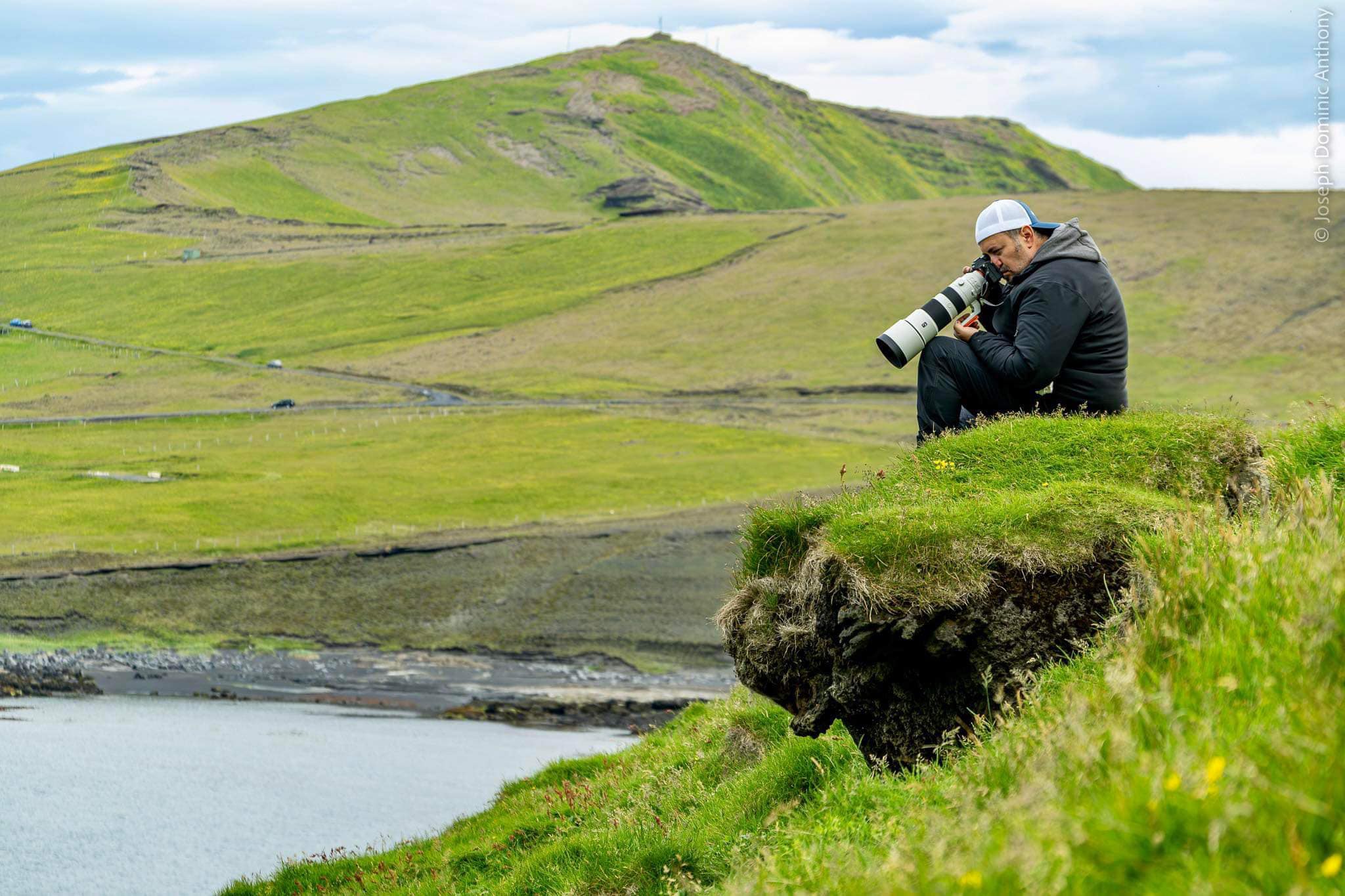
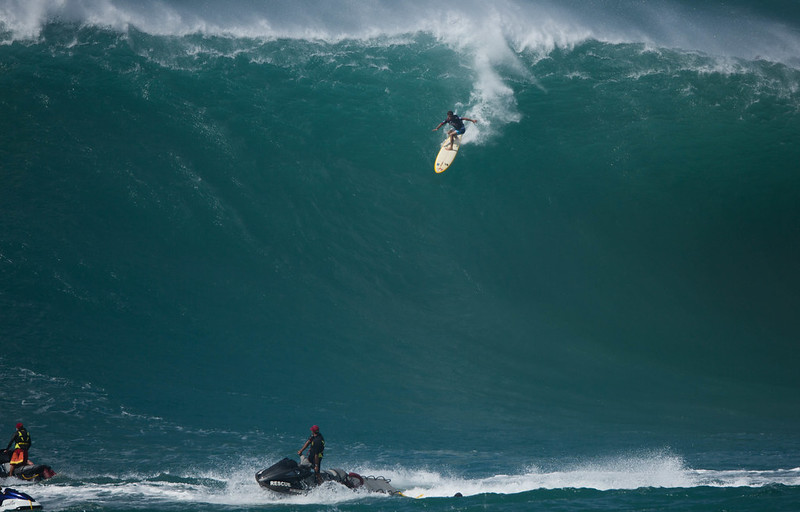
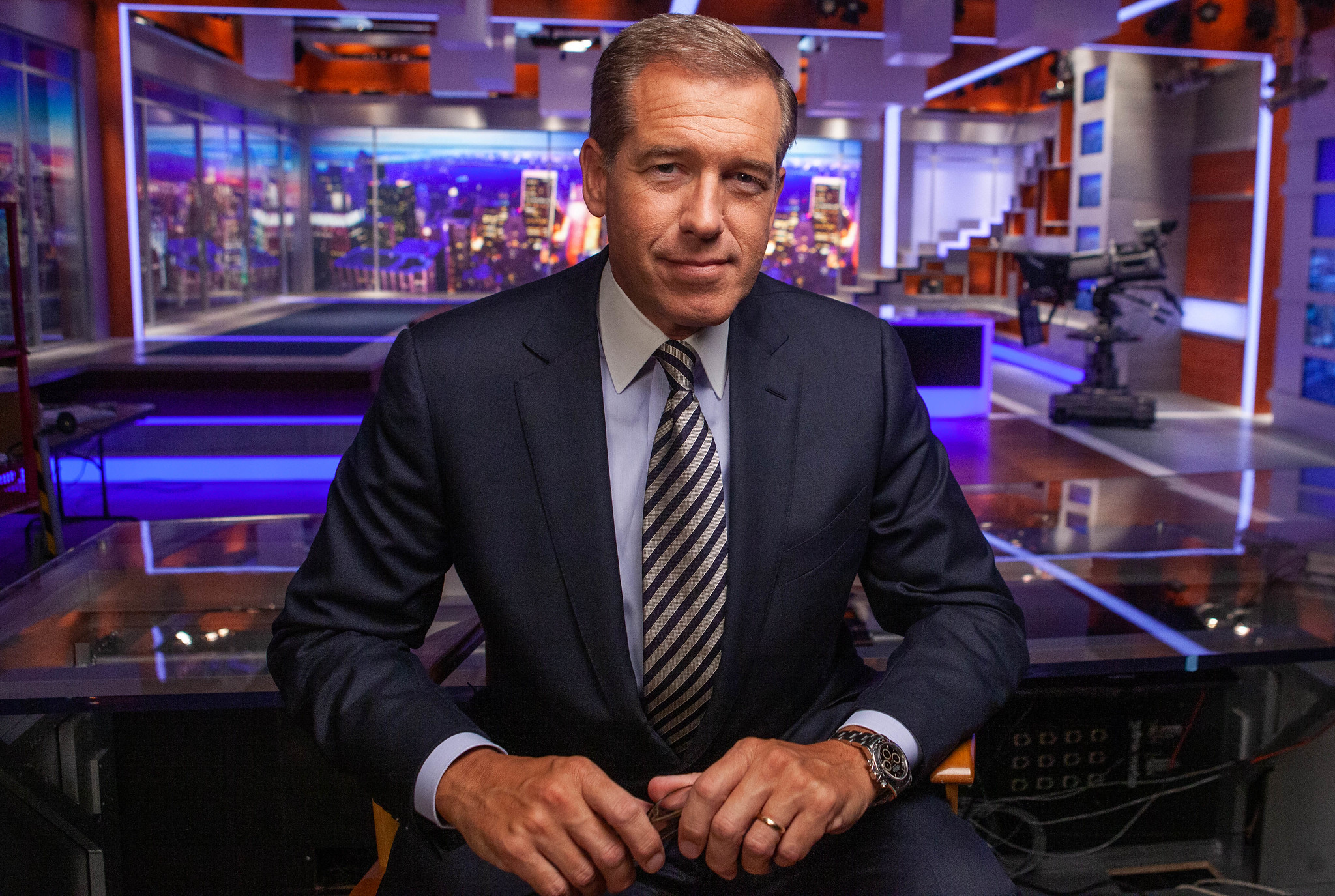

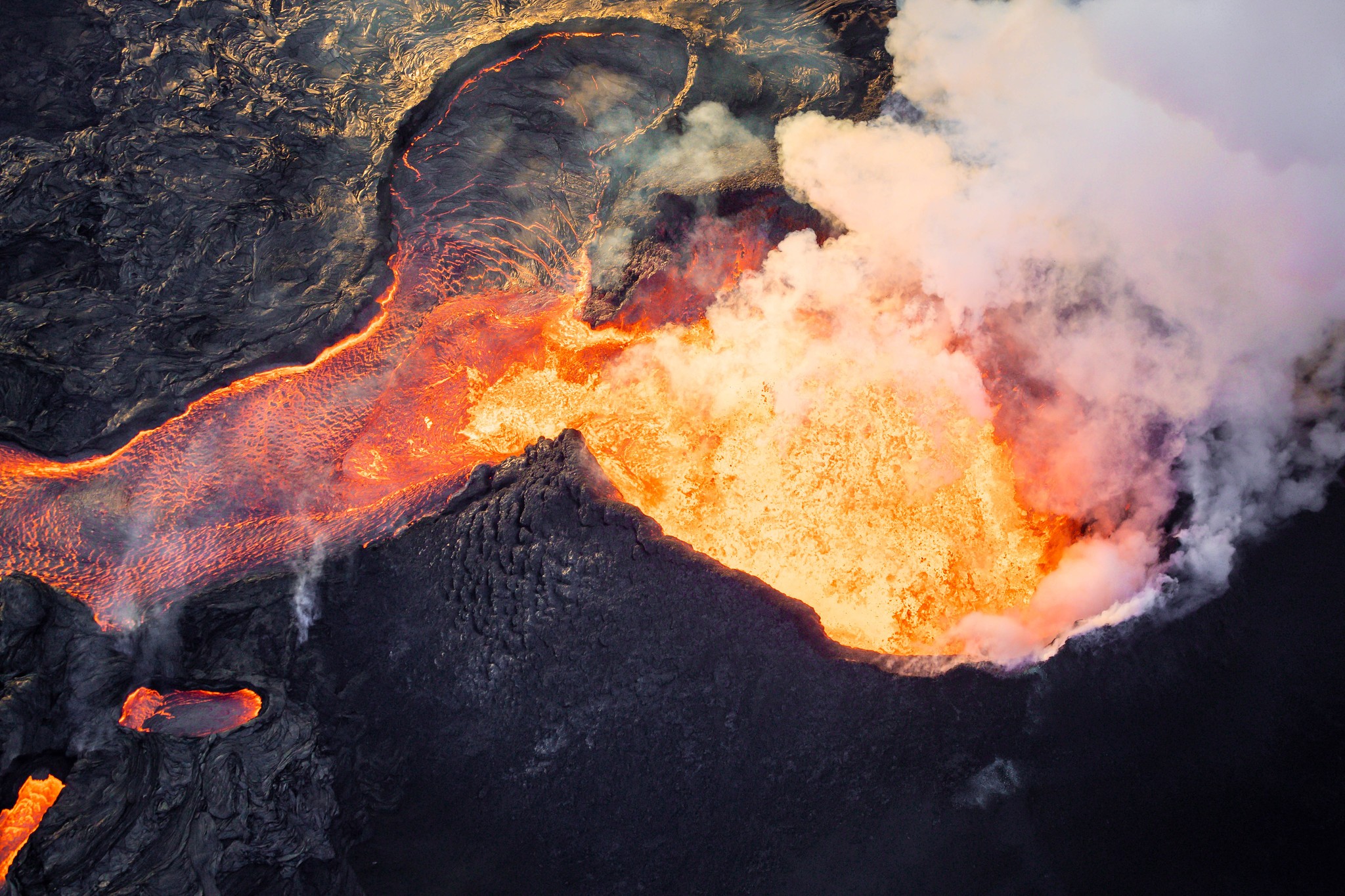
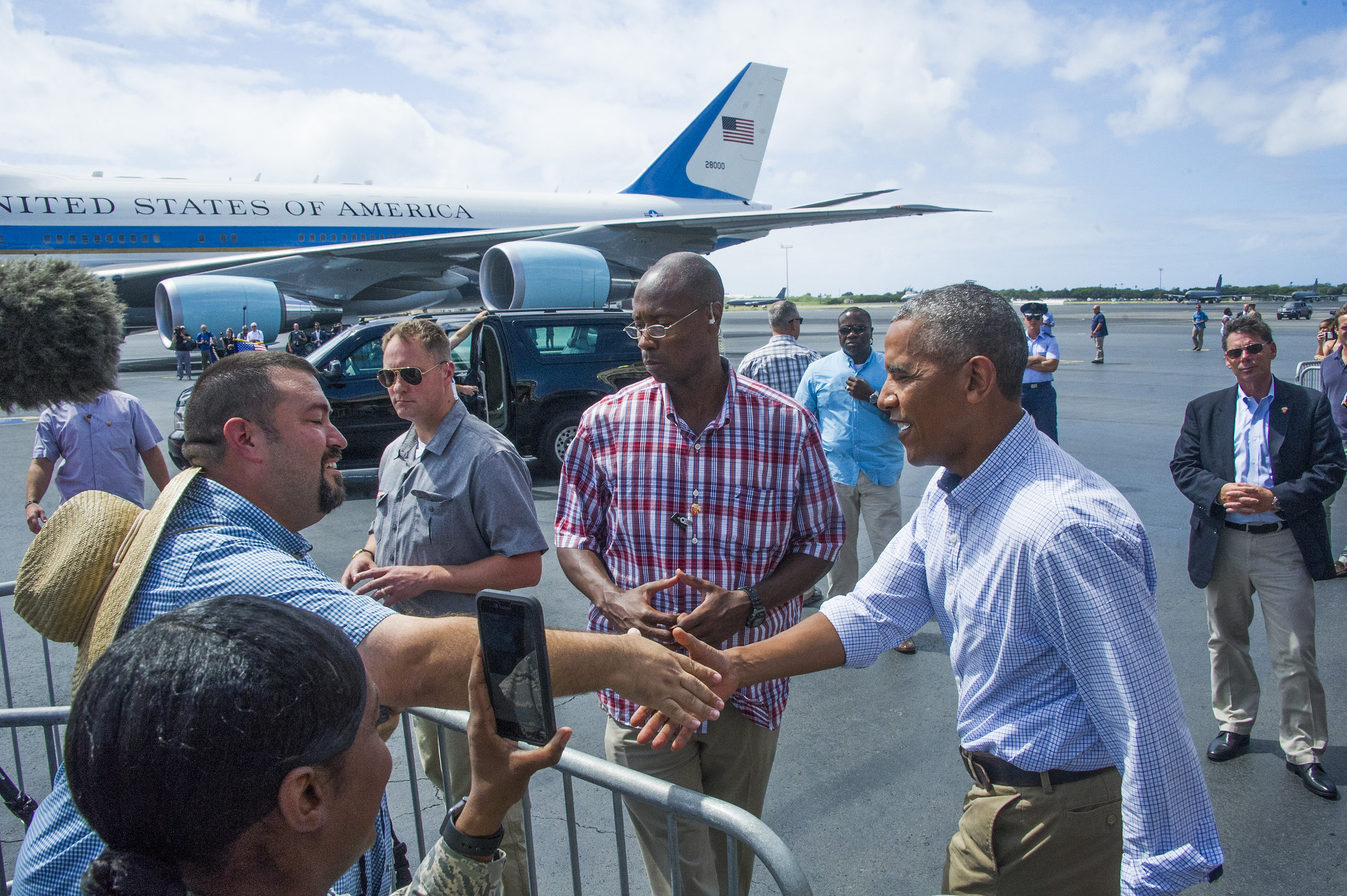
Image Credits
First photo of me in orange shirt – photo credit goes to Adam Kalinowski
Others don’t require photo credit.


